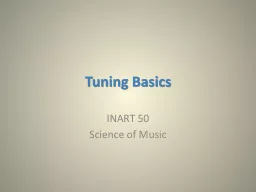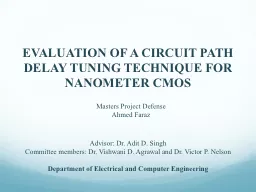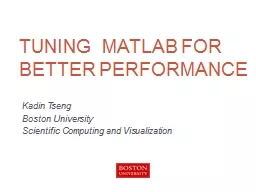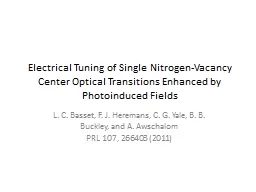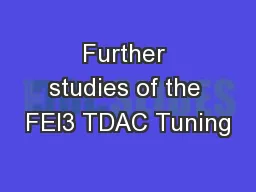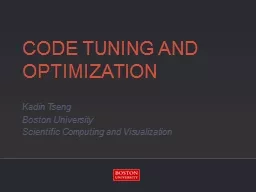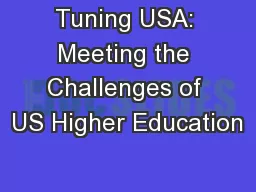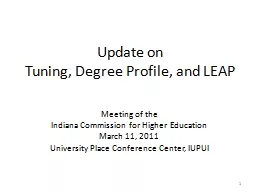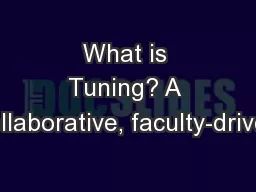PPT-Tuning Basics INART 50 Science of Music
Author : kittie-lecroy | Published Date : 2018-03-23
Three Fundamental Facts Frequency Pitch middle A is often 440 Hz but not necessarily Any pitch class can be duplicated by multiplying the frequency by 21 or 12
Presentation Embed Code
Download Presentation
Download Presentation The PPT/PDF document "Tuning Basics INART 50 Science of Music" is the property of its rightful owner. Permission is granted to download and print the materials on this website for personal, non-commercial use only, and to display it on your personal computer provided you do not modify the materials and that you retain all copyright notices contained in the materials. By downloading content from our website, you accept the terms of this agreement.
Tuning Basics INART 50 Science of Music: Transcript
Download Rules Of Document
"Tuning Basics INART 50 Science of Music"The content belongs to its owner. You may download and print it for personal use, without modification, and keep all copyright notices. By downloading, you agree to these terms.
Related Documents

